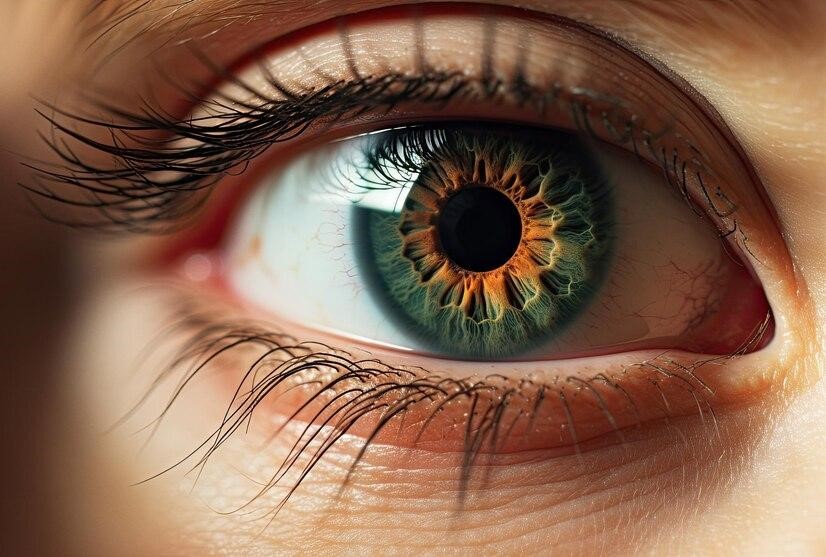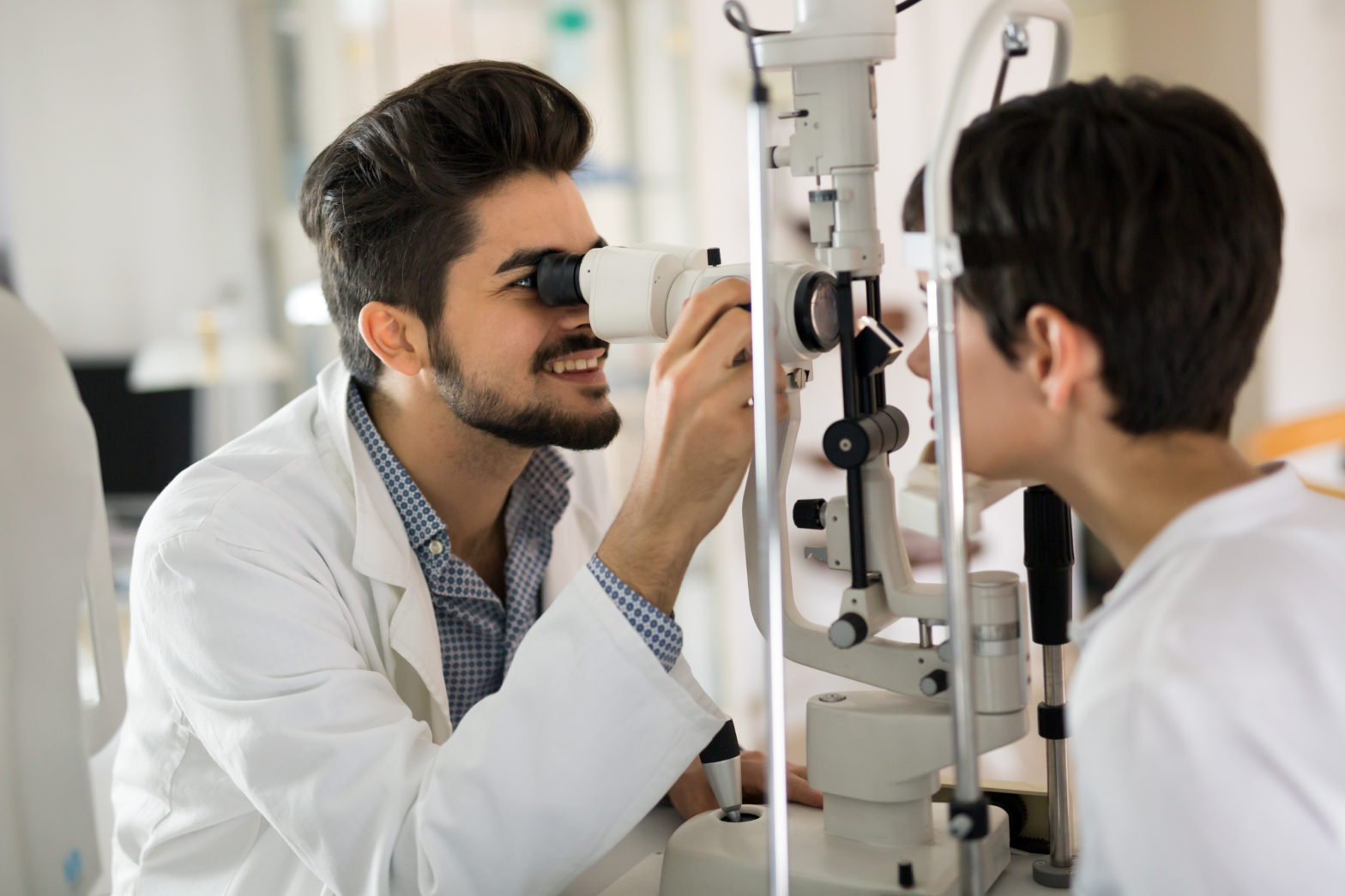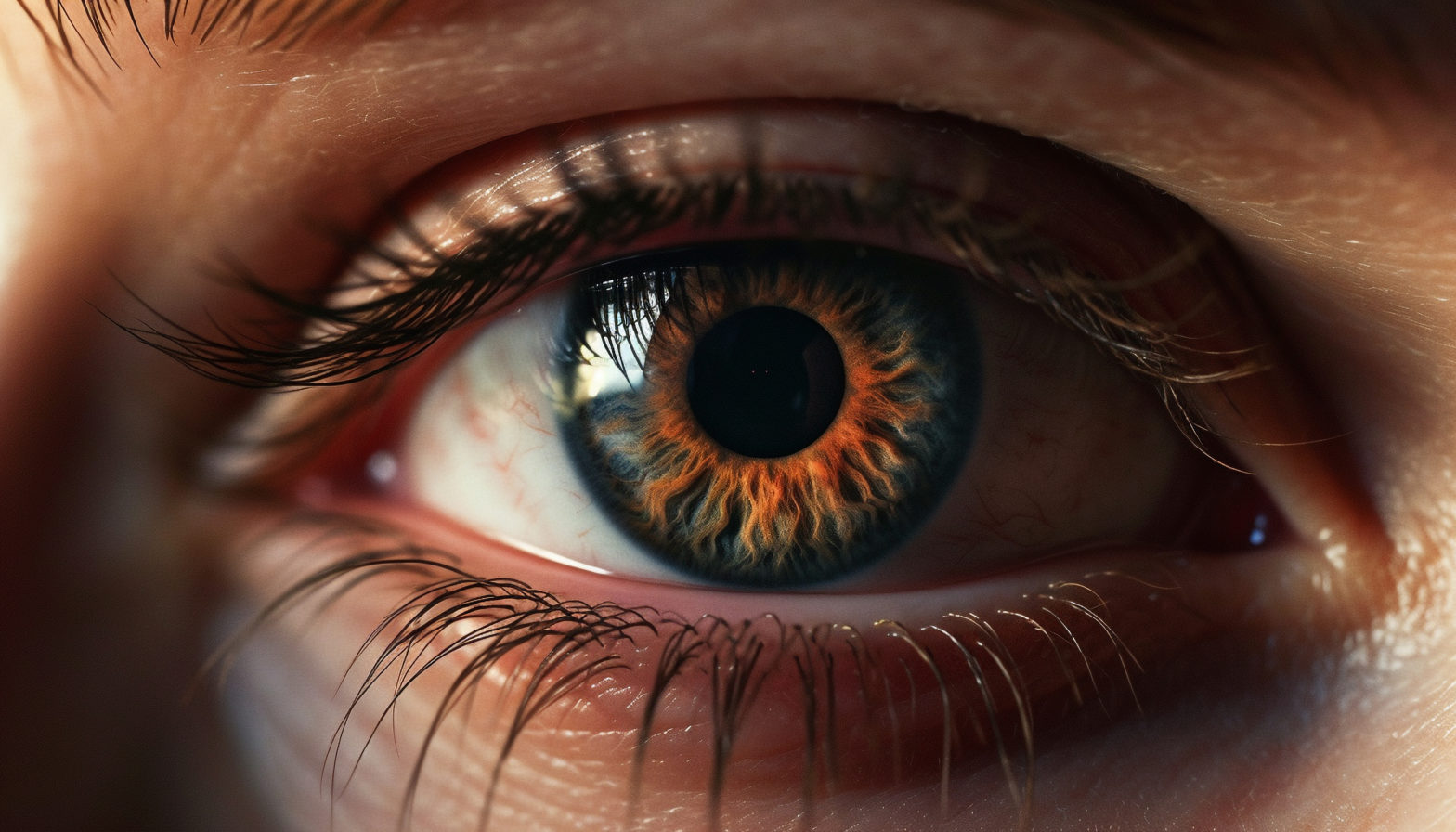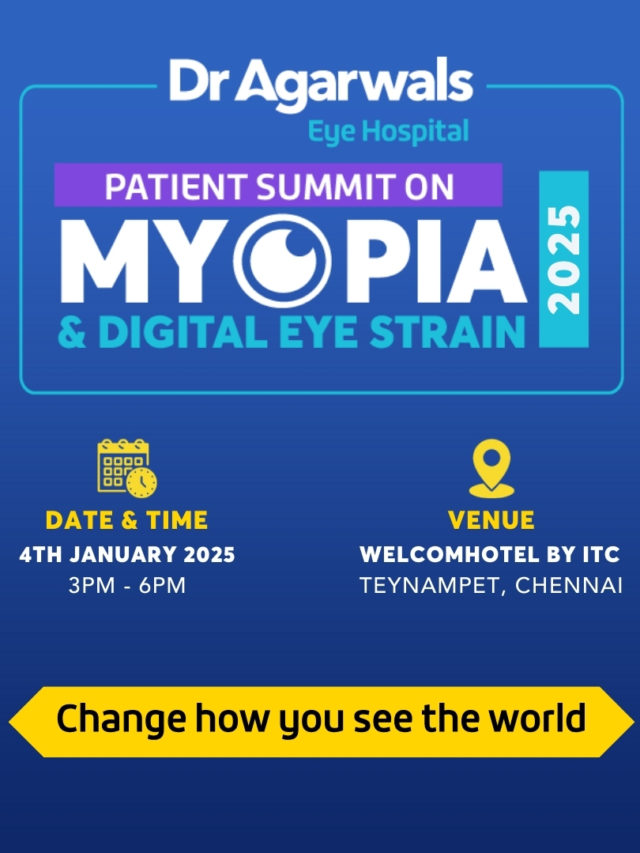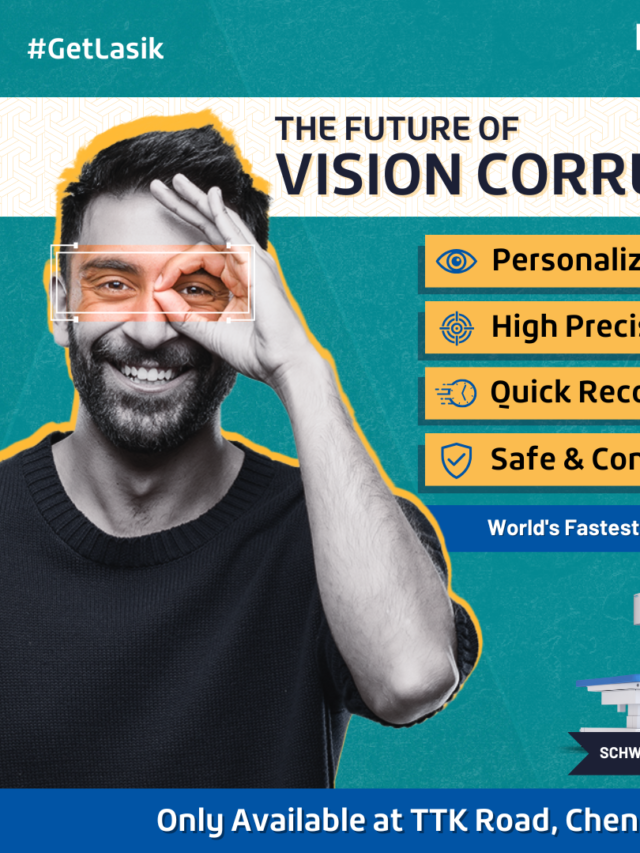The human eye is an amazing part of the body that helps us see and understand the world around us with great detail. At the heart of this process lies the retina—a thin layer of tissue placed at the back of the eye. It plays a crucial role in capturing light and converting it into signals that the brain can understand. In this article, we’ll explore how the retina processes visual information, why it’s so important for vision, and what happens when things go wrong.
What is the Retina?
The retina is often compared to the film in a camera, but it’s much more complex than that. This thin layer of tissue contains millions of specialized cells that are responsible for detecting light and converting it into electrical signals. These signals are then sent to the brain through the optic nerve, where they are processed into the images we see. The retina is responsible for not only allowing us to see shapes and colors but also for our ability to see in different lighting conditions—whether it’s the bright light of day or dimly lit environments.
The Structure of the Retina
The retina is made up of several layers, each containing different types of cells that work together to process visual information. The key components include:
1. Photoreceptor Cells:
These cells will detect light and there are two main types of photoreceptor cells:
-
Rods: These are responsible for vision in low light conditions and help us detect shapes and movement, but they don’t detect color.
-
Cones: These allow us to see in bright light and are responsible for color vision. There are three types of cones—each sensitive to a different wavelength of light (red, green, or blue).
-
Bipolar Cells: These cells transmit signals from the photoreceptors to the ganglion cells.
2. Ganglion Cells:
The final layer of cells in the retina, ganglion cells send the visual information to the brain via the optic nerve.
3. Macula:
This is the central part of the retina, responsible for our sharpest and most detailed vision. The macula contains a high concentration of cones, making it critical for activities like reading and recognizing faces.
4. Fovea:
Located at the center of the macula, the fovea is where we have the highest density of cones and is crucial for our ability to see fine details.
How Does the Retina Process Visual Information?
The process of turning light into vision is both fascinating and complex. Here’s a step-by-step breakdown of how the retina processes visual information:
-
Light Enters the Eye: Light first passes through the cornea, pupil, and lens, and then reaches the retina.
-
Photoreceptors Detect Light: Once light hits the retina, the photoreceptor cells (rods and cones) detect the light and convert it into electrical signals. Rods are more sensitive to dim light, while cones are responsible for detecting color and sharp details.
-
Signal Transmission: The electrical signals from the photoreceptors are passed on to the bipolar cells, which act as a bridge between the photoreceptors and the ganglion cells.
-
Processing by Ganglion Cells: The ganglion cells collect the signals from the bipolar cells and send them down the optic nerve. There are about 1.2 million ganglion cells in each retina, all transmitting information to the brain.
-
Image Formation in the Brain: The optic nerve sends these electrical signals to the visual cortex in the brain, which processes the signals and forms an image. This is how we perceive what we see, whether it’s a person, an object, or a landscape.
The Role of the Retina in Color Vision
Our ability to see color is directly related to the function of cones in the retina. There are three types of cones, each sensitive to a specific range of wavelengths:
-
Red cones detect long wavelengths of light.
-
Green cones detect medium wavelengths.
-
Blue cones detect short wavelengths.
When light enters the eye, it stimulates these cones in varying amounts, depending on the light’s wavelength. The brain then combines input from all three types of cones to create the full spectrum of colors we perceive. People with color blindness often lack one or more types of cones, making it difficult to distinguish between certain colors. For example, red-green color blindness is the most common, where individuals have difficulty differentiating between red and green.
Visual Acuity and the Macula
The macula is the part of the retina responsible for our sharpest vision. It contains a high concentration of cones, particularly in the fovea, where the density of cones is the greatest. This is why we can focus on fine details, such as reading small text or recognizing a face in a crowd. When the macula is damaged, as in conditions like macular degeneration, central vision becomes blurry or distorted, making it difficult to perform tasks that require detailed vision.
How the Retina Adapts to Different Lighting Conditions
One of the retina’s amazing abilities is its capacity to adapt to different levels of light. This is possible thanks to the rods, which are highly sensitive to low light. Here’s how the retina adjusts in different lighting conditions:
-
In bright light, the cones are primarily active, allowing us to see in detail and color.
-
In low light (such as at night), the rods take over. While they don’t provide color vision, they allow us to see shapes and movement even when it’s dark.
-
This process, known as dark adaptation, is why it takes a few minutes for our eyes to adjust when moving from a brightly lit room to a dark one. Rods take longer to activate but allow us to navigate in dim environments.
Common Retinal Disorders
Because the retina is such a crucial part of the visual system, any damage or disorder affecting it can have a serious impact on vision. Here are some common retinal disorders:
-
ರೆಟಿನಾದ ಬೇರ್ಪಡುವಿಕೆ: This is a medical emergency where the retina separates from the back of the eye, leading to vision loss. Early symptoms include flashes of light, floaters, or a shadow in your peripheral vision.
-
Age-Related Macular Degeneration (AMD): AMD affects the macula and is the leading cause of vision loss in older adults. It causes central vision to become blurry or distorted, making it difficult to see fine details.
-
ಡಯಾಬಿಟಿಕ್ ರೆಟಿನೋಪತಿ: This condition affects people with diabetes and occurs when high blood sugar levels damage the blood vessels in the retina. It can lead to vision loss if not treated early.
-
Retinitis Pigmentosa (RP): RP is a genetic disorder that affects the retina’s ability to respond to light. It causes gradual vision loss, starting with night blindness and eventually leading to tunnel vision.
-
Macular Hole: ಎ macular hole is a small break in the macula, causing blurry or distorted central vision. Surgery is often required to repair the hole and restore vision.
Treatments for Retinal Conditions
If detected early, many retinal conditions can be treated or managed to preserve vision. Treatments range from laser therapy to seal retinal tears, to injections for treating conditions like ಡಯಾಬಿಟಿಕ್ ರೆಟಿನೋಪತಿ or macular degeneration. In cases of ರೆಟಿನಾದ ಬೇರ್ಪಡುವಿಕೆ, prompt surgery is required to reattach the retina and prevent permanent vision loss.
Maintaining Retinal Health
Maintaining the health of your retina is essential for good vision throughout life. Here are some tips to keep your retina healthy:
-
ನಿಯಮಿತ ಕಣ್ಣಿನ ಪರೀಕ್ಷೆಗಳು: Early detection is key to preventing retinal diseases. Make sure to schedule regular eye check-ups, especially if you have diabetes or a family history of retinal disorders.
-
Control Blood Sugar Levels: If you have diabetes, controlling your blood sugar can help prevent diabetic retinopathy and protect your retina.
-
ಸನ್ಗ್ಲಾಸ್ ಧರಿಸಿ: Prolonged exposure to UV light can damage the retina, so it’s important to wear sunglasses with 100% UV protection.
-
Eat a Healthy Diet: Nutrients like omega-3 fatty acids, vitamins A, C, and E, and zinc can help maintain retinal health. Leafy greens, fish, and fruits are great sources of these nutrients.
-
ಧೂಮಪಾನದಿಂದ ದೂರವಿರಿ: Smoking increases the risk of retinal diseases like macular degeneration, so quitting can help preserve your vision.
The Retina’s Essential Role in Vision
The retina is an important part of the eye that plays a central role in how we perceive the world around us. By converting light into electrical signals, it acts as the bridge between the physical world and our brain’s interpretation of it. Without a healthy retina, our ability to see clearly would be significantly impaired. ನಲ್ಲಿ ಡಾಕ್ಟರ್ ಅಗರ್ವಾಲ್ಸ್ ಕಣ್ಣಿನ ಆಸ್ಪತ್ರೆ, we specialize in diagnosing and treating a wide range of retinal conditions. If you’re experiencing any changes in your vision, don’t hesitate to schedule a consultation with one of our eye specialists. Early detection and treatment can make all the difference in preserving your vision for years to come.

